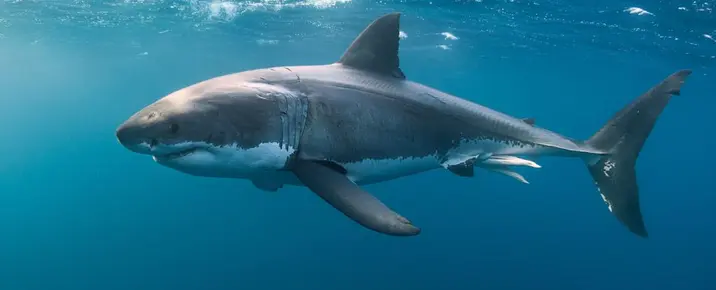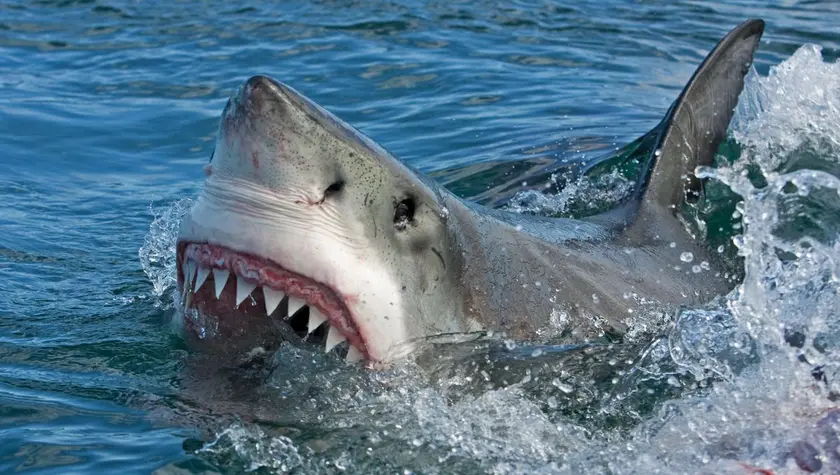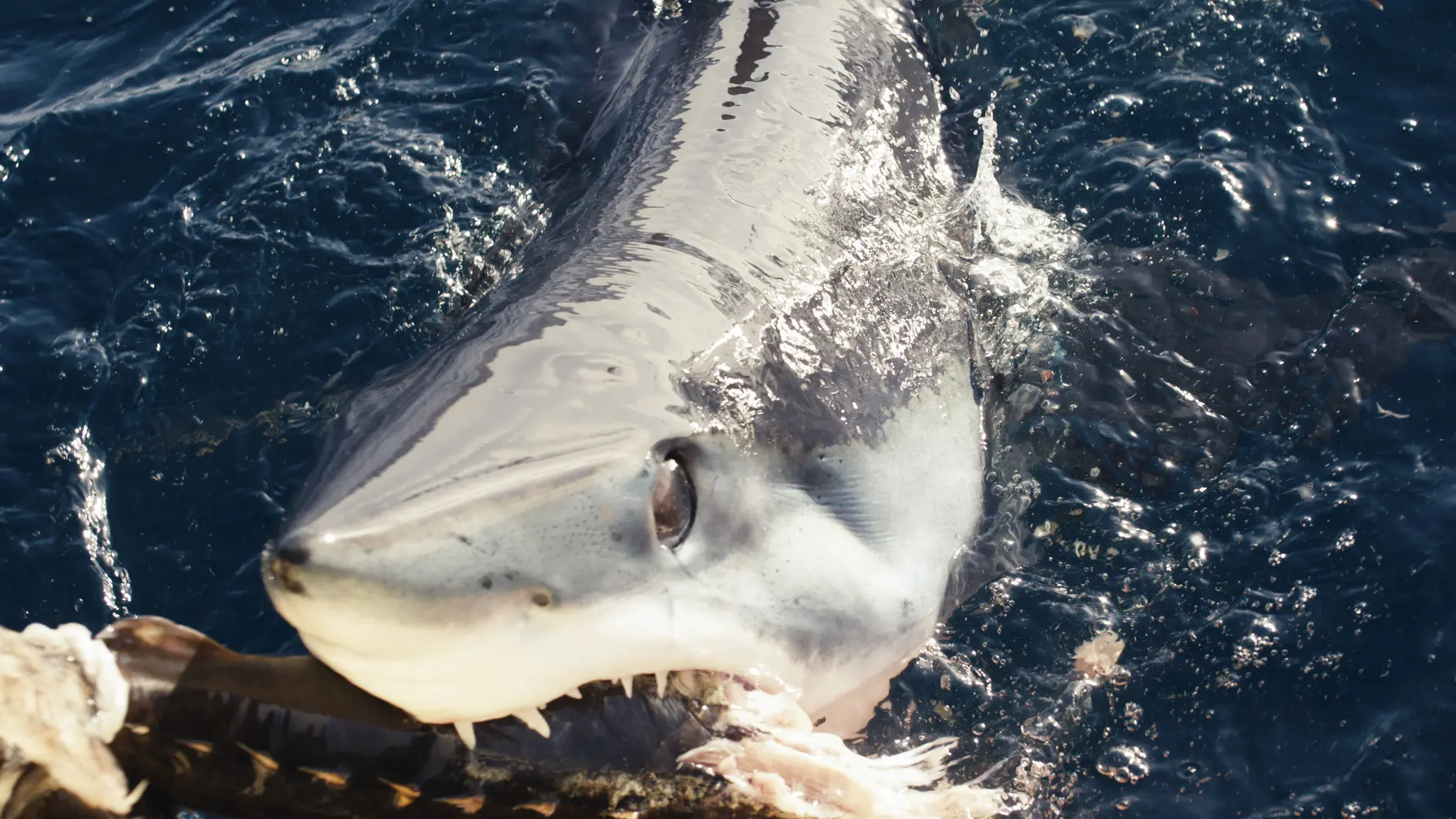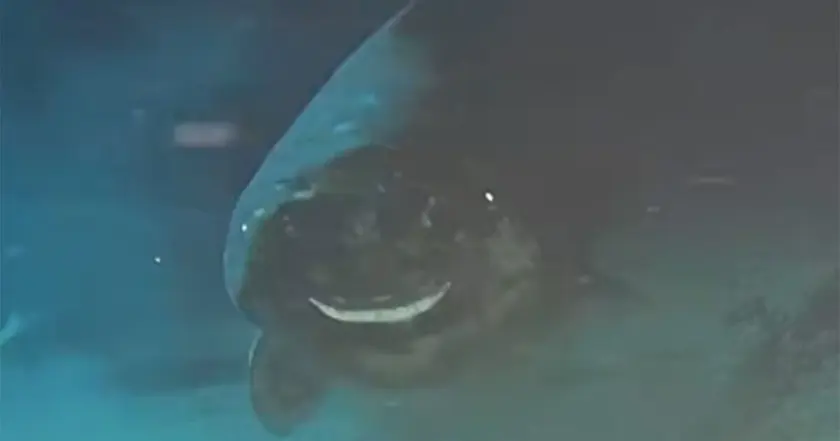T4K3.news
Shark DNA puzzles deepen
A new study finds three mtDNA groups in great white sharks despite similar nuclear DNA, challenging the single-species idea.

Researchers find three mtDNA driven groups of great white sharks despite similar nuclear DNA, challenging the single species idea.
Great White Shark DNA Defies Easy Explanation
In a study published in PNAS, researchers analyzed DNA from 150 great white sharks worldwide. Nuclear DNA is largely similar across the groups identified, but mitochondrial DNA shows clear differences. The study identifies three regional populations: a northern Pacific group, a southern Pacific and Indian Ocean group, and a northern Atlantic with the Mediterranean. The work challenges the idea that great white sharks form a single global species, at least at the mitochondrial level.
Researchers tested whether female philopatry could explain the mtDNA patterns, but nuclear DNA data did not support that. They even simulated splits since the last common ancestor and still found no match. The team notes that the usual explanations fail and suggests that other evolutionary forces are at play, while acknowledging that natural selection on mtDNA seems unlikely given the small population. They call for more data and broader methods to map population boundaries and evolutionary history.
Key Takeaways
"The honest scientific answer is we have no idea."
Naylor admits the gap in understanding.
"An alternative evolutionary mechanism must necessarily be operating."
Authors describe the open question after tests.
"The mitochondrial variability observed in natural populations was never reproduced in any of the simulations."
Authors summarize simulation results.
"There are only 20 000 great white sharks in the world."
Population size figure cited in the article.
The finding exposes how evolution can outpace our easy labels. When the nuclear genome looks the same but the mitochondrial genome diverges, it shows the limits of using a single genetic marker to define species. This is a reminder that population boundaries in the wild can be messy and fluid, especially for wide roaming marine predators. It also signals that conservation plans built on mtDNA alone may miss important lineage differences.
The result invites a broader view of marine genetics. Scientists may need to combine multiple data types and regional sampling to understand how lineages emerge and persist. The paper underscores the need for careful interpretation when population structure is subtle and when small population sizes complicate traditional evolutionary stories. These questions will shape future studies in sharks and other species with mosaic genomes.
Highlights
- The honest scientific answer is we have no idea.
- An alternative evolutionary mechanism must necessarily be operating.
- The mitochondrial variability observed in natural populations was never reproduced in any of the simulations.
- There are only 20 000 great white sharks in the world.
The ocean still holds its puzzles, waiting for the next set of clues.
Enjoyed this? Let your friends know!
Related News

Great White Shark Genetics Deepens Mystery

New Cat Color Salmiak Identified

Shark Week team discovers unusual black makos off California coast

Bronze Age sheep reveals ancient plague path

Scientists reveal shocking deep sea findings

Seating puzzle game earns praise for its gentle challenge

New findings reveal connections between humans and Neanderthals

Scientists identify a new human species named Homo juluensis
